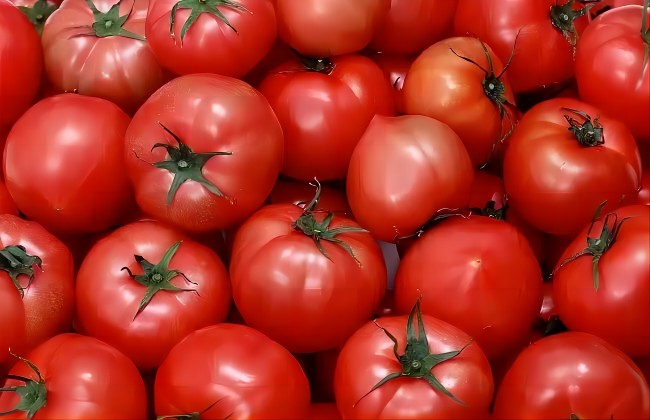Hypertension is a leading risk factor for cardiovascular disease and premature death, affecting as many as one-third of adults worldwide. According to surveys, there are approximately 245 million patients with hypertension in our country, and the incidence rate continues to increase. What is noteworthy is that this disease is also approaching young and middle-aged people.
Tomatoes are both fruits and vegetables. They are rich in carbohydrates, proteins, vitamins, potassium, phenolic compounds, etc., and are an important part of a healthy diet. Tomatoes are one of the best foods recommended by the American Heart Association (AHA) to help control high blood pressure, especially because they are rich in potassium.
Recently, researchers from the University of Barcelona in Spain published a research paper titled "Association between tomato consumption and blood pressure in an older population at high cardiovascular risk: observational analysis of PREDIMED trial" in the European Journal of Preventive Cardiology.
The study shows that eating one tomato a day can help lower blood pressure and reduce the risk of hypertension. Compared with people who consume the least, those who consume more than 110 grams of tomatoes a day have a 36% lower risk of hypertension.
In this study, researchers analyzed 7,056 participants aged 55 years or older in the PREDIMED cohort of a large, multicenter, randomized controlled trial. 82.5% of participants had hypertension. Questionnaires were collected. Daily tomato intake, blood pressure measured at baseline, one-year and three-year follow-up, and the association between tomato intake and blood pressure and risk of hypertension were analyzed.
According to tomato intake, it was divided into four groups: lowest (<44g), moderate (44-82g), higher (82-110g), and highest (>110g).
Hypertension grades in the study were defined as: grade 1 hypertension (SBP 140-159 mmHg and/or DBP 90-99 mmHg), grade 2 hypertension (SBP 160-179 mmHg and/or DBP 100-109 mmHg) and Grade 3 hypertension (SBP ≥180 mmHg and/or DBP ≥110 mmHg).
The study found that SBP and DBP decreased with increasing tomato intake during the 3-year study period, and the linear trend was highly significant. Those with the highest intakes had significantly lower systolic and diastolic blood pressure compared with those with the lowest intakes.
Studies on hypertension classification found that in grade 1 hypertension, tomato intake was significantly negatively correlated with systolic and diastolic blood pressure, but in patients with grade 2 and 3 hypertension, this association did not exist.
Additionally, the researchers analyzed the relationship between tomato intake and risk of hypertension in non-hypertensive participants.
The study found that those who consumed more than 110 grams of tomatoes per day were associated with a 36% lower risk of high blood pressure compared with those who consumed the least.
Researchers say this is the first large longitudinal study to examine the relationship between tomato intake and blood pressure and hypertension. For grade 1 hypertension, long-term tomato consumption is associated with lower systolic and diastolic blood pressure. For preventing the risk of high blood pressure, consuming more than 110 grams of tomatoes per day reduces the risk of high blood pressure by 36%.
Taken together, research suggests that tomatoes are an important part of a healthy diet and may play a beneficial role in the prevention and management of hypertension, lowering systolic and diastolic blood pressure and reducing the risk of developing hypertension.
